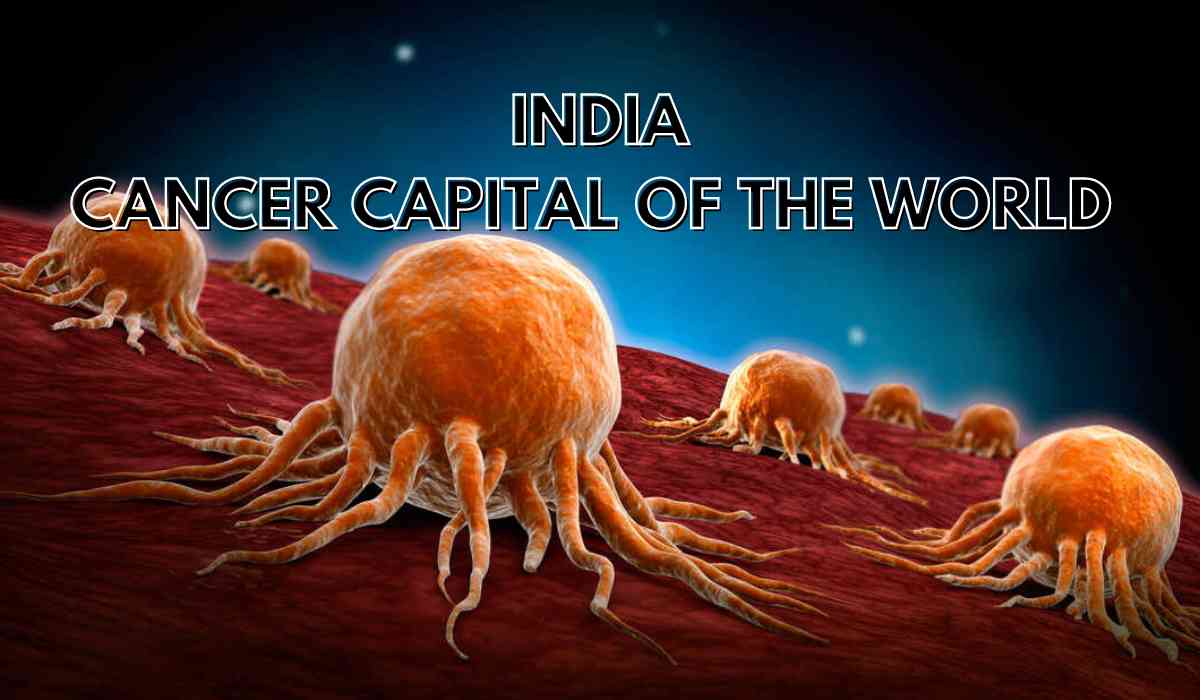Imagine a nation where one out of every three people faces the risk of diabetes, and two out of three grapple with high blood pressure, while depression affects a significant ten percent of the population.
On top of this, India is labeled the "cancer capital of the world" due to a severe cancer crisis. This grim reality was unveiled in the latest Health of Nation Report by Apollo Hospitals, painting a stark picture of India's healthcare landscape that demands urgent attention and decisive action.
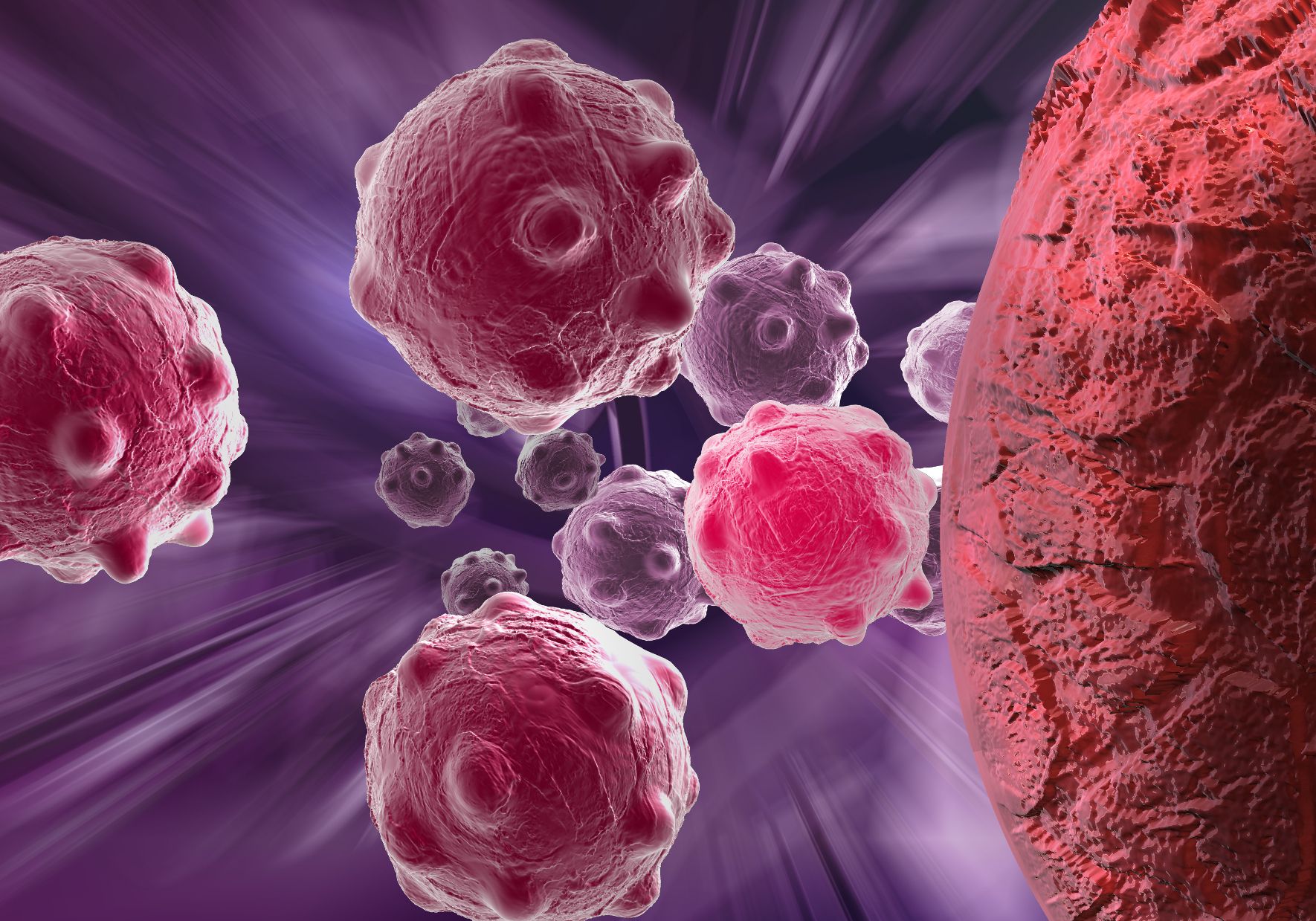
The situation worsens as India battles a surge in non-communicable diseases (NCDs) like cancer, diabetes, hypertension, cardiovascular diseases, and mental health disorders, which contribute to 63% of all deaths in the country. By 2030, these diseases are projected to cost India $3.55 trillion in lost economic output.
Notably, certain cancers like breast, cervix, and ovarian cancers are prevalent among women, emphasizing the critical need for early screening and monitoring to improve survival rates. Unfortunately, India's cancer diagnoses occur at a younger age, with screening rates falling below global standards. Solving these challenges demands a collaborative effort from government agencies, healthcare providers, NGOs, researchers, and communities alike.
India: The New "Cancer Capital"
India is facing a concerning rise in cancer cases, exceeding global rates and earning the unfortunate title of the "cancer capital of the world." Women are predominantly affected by breast, cervix, and ovarian cancers, while men commonly encounter lung, mouth, and prostate cancers. What's alarming is the lower median age for cancer diagnosis compared to other countries, yet cancer screening rates remain remarkably low. This situation demands urgent attention and intervention to address the burgeoning crisis.
Additionally, the report highlights escalating obesity and hypertension rates, signaling a deepening health emergency. Over seven years, obesity rates have doubled from 9 percent to a staggering 20 percent. Concurrently, hypertension cases have risen from 9 percent to 13 percent, underscoring the rapid decline in public health. This data underscores the urgent need for comprehensive health strategies to combat these growing challenges.
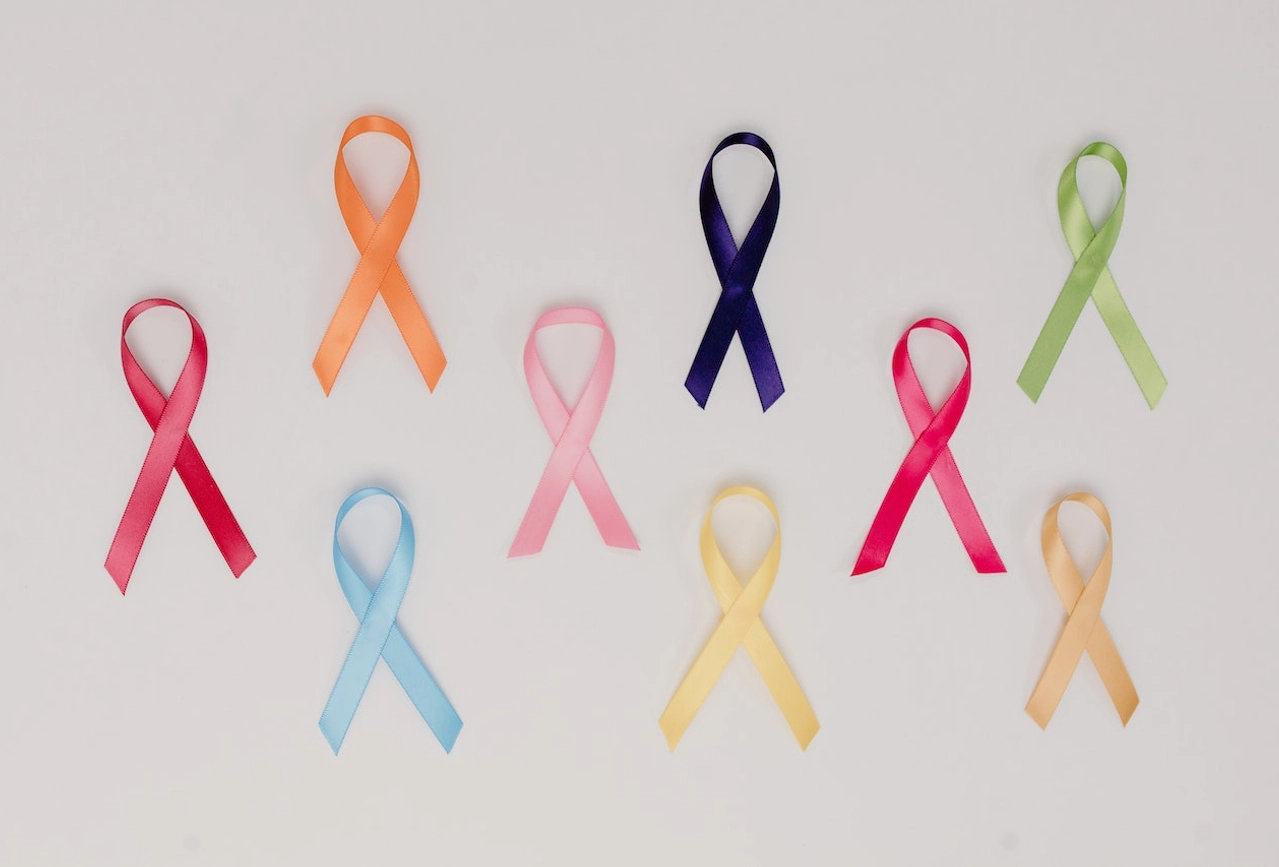
Key findings from Apollo’s Health of Nation 2024 report
- Rising Cancer Cases of Non-Communicable Diseases (NCDs)
-
Cancer rates in India are sharply climbing, especially among younger individuals. Breast, cervix, and ovarian cancers are predominant in women, while lung, mouth, and prostate cancers are more common in men.
-
Notably, the median age for cancer diagnosis in India is much lower compared to Western nations, indicating a troubling trend.
-
Despite the increasing cancer incidence, screening rates in India remain remarkably low, exacerbating the issue.
- The Escalating Obesity Crisis
-
Obesity is becoming a significant risk factor for chronic NCDs in India.
-
An astonishing 75% of individuals undergoing health assessments at Apollo Hospitals were either overweight or obese.
-
Obesity rates have doubled from 9% in 2016 to a concerning 20% in 2023, with high visceral fat levels even among those with a normal BMI.
- Rapid Surge in Hypertension and Diabetes
-
Hypertension prevalence has significantly risen from 9% in 2016 to 13% in 2023, with a majority of Indians at risk of developing high blood pressure.
-
Uncontrolled diabetes affects 1 in 10 individuals, with 1 in 3 at risk of prediabetes, including those under 45 years of age.
-
Additionally, a substantial portion of the population faces a risk of Obstructive Sleep Apnea, with men twice as likely as women to be affected.
- Epidemic of Depression and Stress
-
Depression rates are on the rise, particularly among young adults aged 18 to 25, affecting 1 in 5 individuals.
-
An alarming 80% of young adults and seniors report significant stress levels, significantly increasing the risk of hypertension and diabetes.
- The Metastatic Trend
-
2020: There were 1.39 million cancer cases.
-
2025 Projection: Expected to rise to 1.57 million.
-
Growth: A 13% increase over five years.
- India's Unique Cancer Profile
-
Breast Cancer: Diagnosed at an average age of 52 in India, compared to 63 in the US and Europe.
-
Lung Cancer: Diagnosed at an average age of 59, versus 70 in the West.
-
Colon Cancer: 30% of patients are under 50 years old.
- Low Cancer Screening Rates in India
-
Breast Cancer: Only 1.9% screened in India, contrasting with 82% in the US, 70% in the UK, and 23% in China.
-
Cervical Cancer: Merely 0.9% screened, while rates are 73% in the US, 70% in the UK, and 43% in China.
- Rising Depression Rates in Younger Demographics
-
In a survey of 5,000 individuals, findings revealed that 1 in 10 experienced symptoms of depression.
-
Notably, the prevalence of depression was highest among those aged 18-25, with 1 in 5 individuals reporting depressive symptoms.
-
An alarming 80% of young adults (aged 18-30) and seniors (65+) reported experiencing significant levels of stress.
- Concerning Trends in Weight and Health
-
A striking revelation from health assessments conducted at Apollo Hospitals was that 75% of individuals were classified as either obese or overweight.
-
Over the span of seven years, obesity rates surged from 9% in 2016 to a concerning 20% in 2023.
-
Apollo's findings further indicated that 90% of women and 80% of men had a waist-to-hip ratio exceeding recommended levels.
-
Additionally, the report highlighted a substantial uptick in obesity, hypertension, and the risk of obstructive sleep apnea within the Indian population.
-
Specifically, hypertension cases increased from 9% to 13% during the same period.
-
A significant proportion of Indians were identified as being at risk for obstructive sleep apnea, underscoring a growing public health concern.
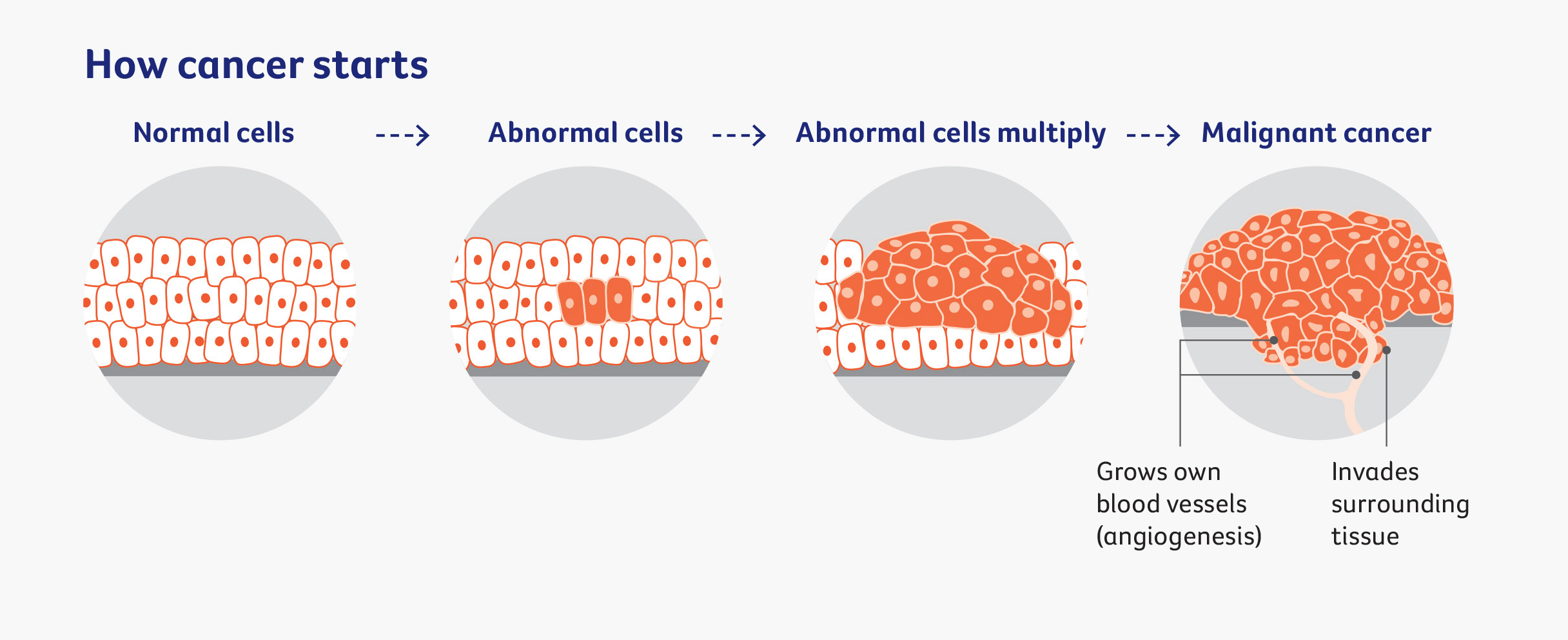
Causes of Cancer
According to the World Health Organization (WHO), cancer originates when normal cells undergo a transformation into tumor cells through a multi-stage process. This progression typically advances from a pre-cancerous state to full malignancy. These changes arise from the interplay between an individual's genetic makeup and three primary types of external factors:
-
Physical Carcinogens: These include ultraviolet and ionizing radiation.
-
Chemical Carcinogens: Examples are asbestos, components in tobacco smoke, alcohol, aflatoxin (a food contaminant), and arsenic (a water contaminant).
-
Biological Carcinogens: Such as infections caused by specific viruses, bacteria, or parasites.
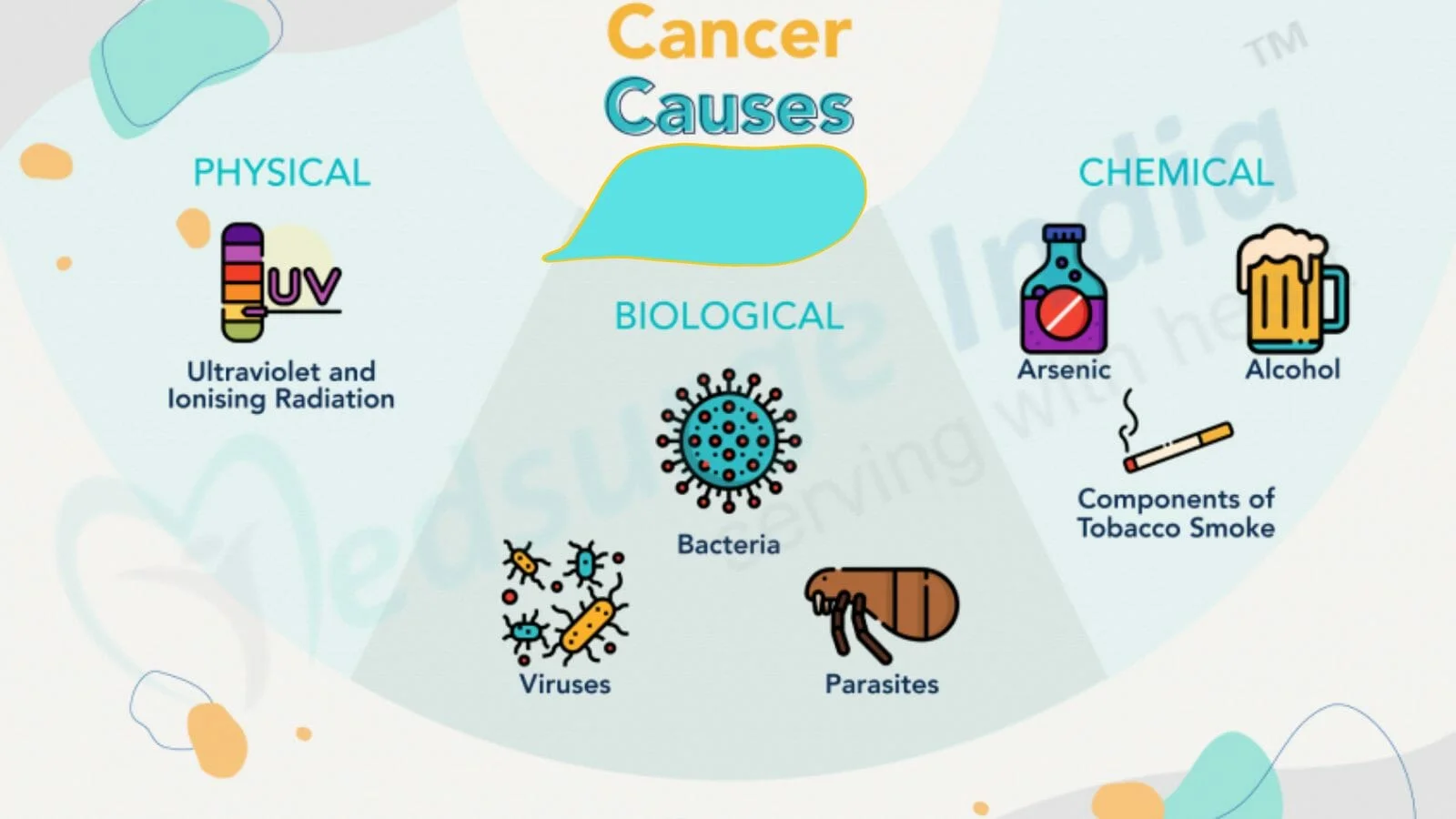
Prevention of Cancer
The WHO outlines preventive measures that individuals can adopt to reduce the risk of developing cancer:
-
Avoiding Tobacco Use
-
Limiting Alcohol Consumption
-
Vaccination: Getting vaccinated against HPV and hepatitis B if recommended for your demographic.
-
Sun Protection: Avoiding ultraviolet radiation exposure (primarily from the sun and tanning devices) and using appropriate sun protection.
-
Safe Use of Radiation: Ensuring safe and appropriate use of radiation in healthcare for diagnostic and therapeutic purposes.
-
Reducing Occupational Exposure: Minimizing exposure to ionizing radiation in the workplace.
-
Reducing Air Pollution Exposure: Lowering exposure to outdoor and indoor air pollution, including radon (a radioactive gas that can accumulate in buildings from the decay of uranium).
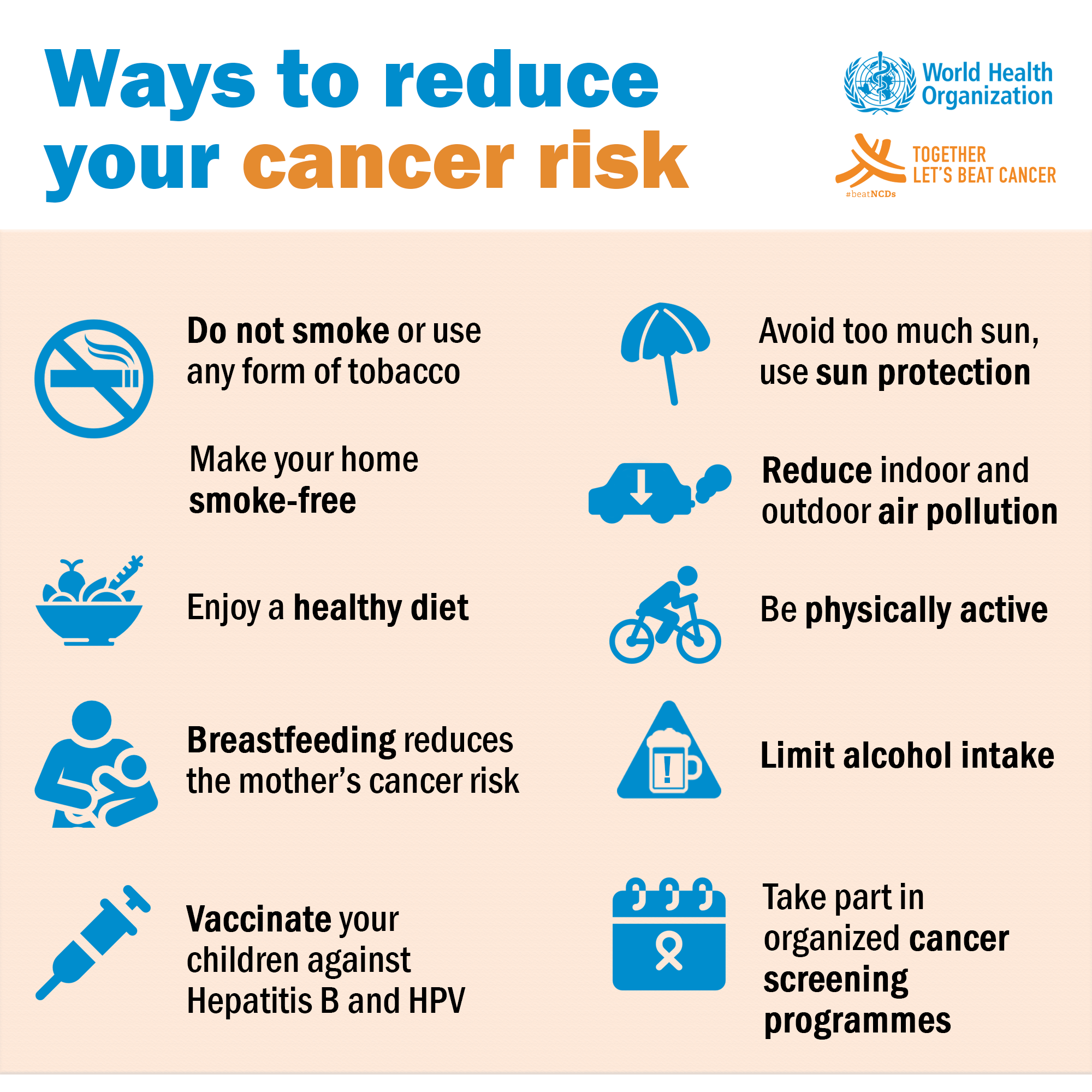
How to Battle this Challenge?
The significance of routine health screenings is underscored in this analysis, highlighting their pivotal role in mitigating the risk of cardiovascular diseases through the monitoring of blood pressure and body mass index levels. Despite an increasing recognition of their importance, there remains an imperative to broaden their accessibility throughout India.
This report advocates for targeted strategies to confront India's multifaceted health crisis.
- Empowering Individuals:
-
Cultivating Healthy Habits: Individuals can assume a central role in preserving their well-being by embracing balanced diets and regular exercise routines.
-
Prioritizing Mental Health: Stress management techniques and professional assistance should be prioritized to safeguard mental well-being.
-
Embracing Proactive Health Measures: Encouraging individuals to undergo routine health screenings and participate in early detection initiatives can significantly impact public health outcomes.
- Mobilizing Governments and Relevant Agencies:
-
Launching Robust Public Health Campaigns: Governments should implement comprehensive awareness campaigns to educate and promote preventive health measures.
-
Investing in Accessible Healthcare Infrastructure: Priority should be given to developing affordable and accessible healthcare facilities, especially in rural and underserved regions.
-
Implementing Legislative Measures: Government interventions such as taxation on unhealthy foods and subsidies for nutritious alternatives can incentivize healthier choices.
-
Fostering Public-Private Collaboration: Collaboration between public and private sectors should be encouraged to leverage technological innovations in healthcare delivery.
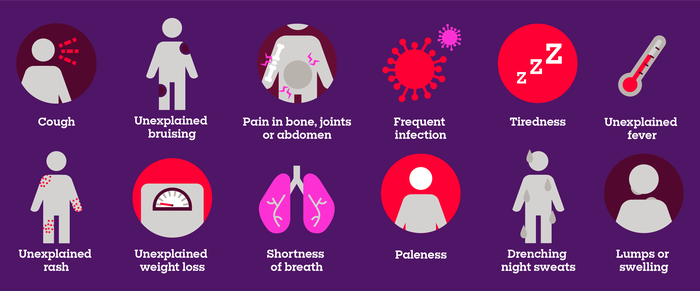
Other Health Concerns
The Apollo report identifies a troubling rise in mental health disorders, notably among individuals aged 18 to 40, with depression emerging as a significant issue affecting one in five people aged 18 to 25. Additionally, chronic stress, prevalent among both young adults and seniors, contributes to a surge in hypertension and diabetes, especially impacting women.
-
Depression Prevalence: One in five individuals aged 18 to 25 affected.
-
Chronic Stress: Linked to increased rates of hypertension and diabetes, particularly among women.
-
Obesity: Majority exhibiting unhealthy waist-to-hip ratios and abdominal fat.
-
Three out of four individuals are either obese or overweight.
-
90% of women and 80% of men surpass recommended waist-to-hip ratios.
-
-
High Blood Pressure and Prediabetes: Growing prevalence, especially among the younger population.
-
66% classified as pre-hypertensive.
-
One in three individuals with prediabetes.
-
20% below 45 years affected by prediabetes.
-
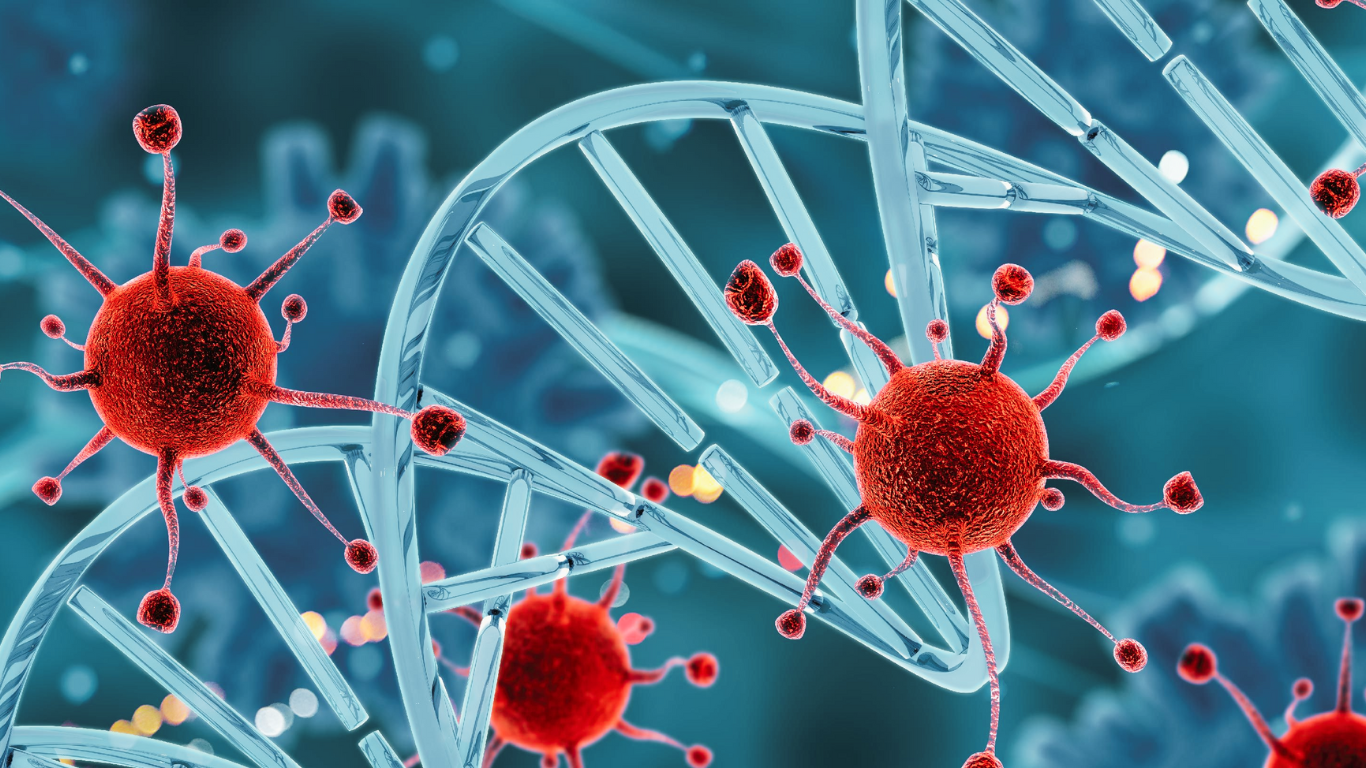
Missed Opportunities for Early Detection
Limited awareness of cancer symptoms and a lack of widespread screening programs lead to late diagnoses, reducing chances of successful treatment.
- Critical Gap in Early Detection: Diagnoses often occur at later stages.
- Rural Healthcare Challenges: Limited access to quality healthcare and screening programs.
Socioeconomic Disparities Deepen the Divide
Economic inequalities create barriers to accessing quality healthcare, particularly for marginalized communities. Inadequate awareness and societal stigma surrounding cancer contribute to delayed diagnosis and treatment.
A Multi-Pronged Approach for a Brighter Future
Combatting these challenges requires a comprehensive strategy involving awareness campaigns, policy changes, and infrastructure improvements.
- Awareness Campaigns: Educate about tobacco dangers and promote healthy lifestyles.
- Regular Screenings: Enable early detection, particularly in rural areas.
- Tobacco Control Policies: Stricter regulations on tobacco use and public smoking.
- Public Education Campaigns: Promote balanced diets and regular exercise.
Investing in Healthcare Infrastructure and Research
Enhancing healthcare infrastructure, increasing cancer specialists, and investing in research are crucial steps toward improving cancer outcomes.
- Infrastructure Enhancement: More treatment centers, diagnostic facilities, and affordable medications.
- Research and Innovation: Focus on prevention, diagnosis, and treatment of cancer.
The Health of Nation Report 2024 underscores the urgent need for action to confront India's health challenges. By promoting healthier lifestyles, advocating for systemic reforms, prioritizing regular health checkups, and investing in healthcare infrastructure and research, India can pave the way towards a healthier future and a more resilient society.
For more details check out the release in PDF: An initiative by Apollo Group
You may also like to read: 63% Of Preventable Cancer Deaths In Women Call For A Feminist Approach To Healthcare
Inputs from agencies
Image Credit: Multiple sources
© Copyright 2024. All Rights Reserved Powered by Vygr Media.

